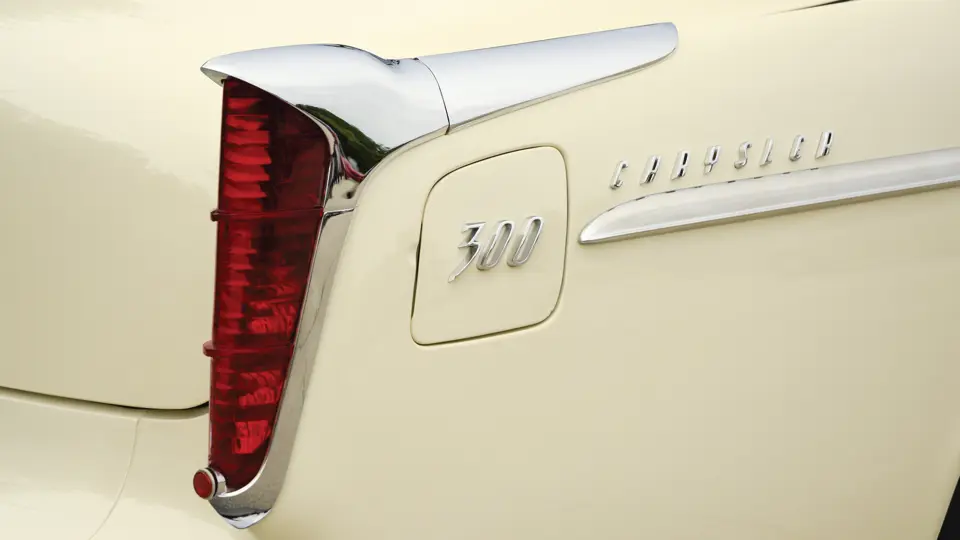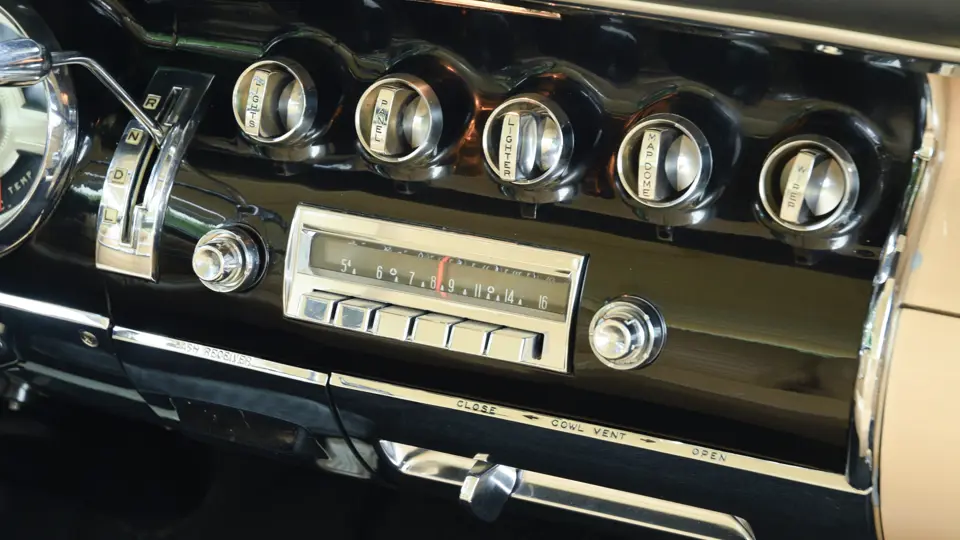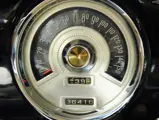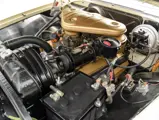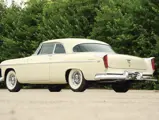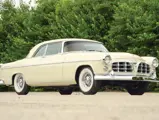300 bhp, 331 cu. in. OHV V-8 engine, two-speed Powerflite automatic transmission, coil-spring independent front suspension, live rear axle with semi-elliptical leaf springs, and four-wheel power hydraulic drum brakes. Wheelbase: 126 in.
Chrysler’s new C-300 model for 1955 was nothing less than a sensation. It was based on the New Yorker Hardtop Coupe and had the front sheet metal and grille from the Imperial, which was now a separate make. Power came from the mightiest engine in the company catalogue, a 331-cubic inch hemi V-8 with dual four-barrel carburetors, a racing cam, and solid lifters. At 300 brake horsepower—hence its name—it was the most powerful American passenger car.
Tom McCahill, the colorful pioneer auto critic, loved it. A “hairy-chested Chrysler,” he called it in Mechanix Illustrated, “definitely not the car for Henrietta Plushbottom, your maiden schoolmarm aunt, to use for hustling up popsicles for the kiddies.” It was, he said, a “hard-boiled magnificent piece of semi-competition transportation, built for the real automotive connoisseur. As solid as Grant’s Tomb, and 130 times as fast.” Actually, “semi-competition” underplayed its importance. Outboard motor magnate Carl Kiekhaefer readied a team of C-300s for the 1955 stock car season and won both the NASCAR Grand National Championship and the AAA Stock Car Championship.
This 1955 Chrysler C-300 Hardtop Coupe is a gorgeous example finished in white over a tan leather interior. It has chrome wire wheels, wide whitewall tires, power windows, power steering, power brakes, a radio, a heater, and a dash clock. Originally purchased in Missouri, it later made its way to the dry climate of New Mexico, where it remained until 2004. It then received a high-quality body-on restoration that included a rebuilt engine, carburetors, transmission, starter, generator, master cylinder, and brakes, as well as new paint, upholstery, and dual exhaust.
It is pure and simple in white with tan upholstery and a stunning reminder of what took the public by surprise in 1955. The exterior is understated, by the morays of the day when two-tone schemes in bright colors were the norm. Reportedly, an outside rear-view mirror was not offered, even as an accessory, because the designers felt it would spoil the lines. This car, correctly, has no such distraction.
Since restoration, it has been leisurely enjoyed but is still extremely presentable and gorgeous. Attention is usually focused on Chrysler’s later “Letter Cars,” leaving the original 300 underappreciated. This car represents a chance to acquire a Chrysler C-300 in its purest and most beautiful form.




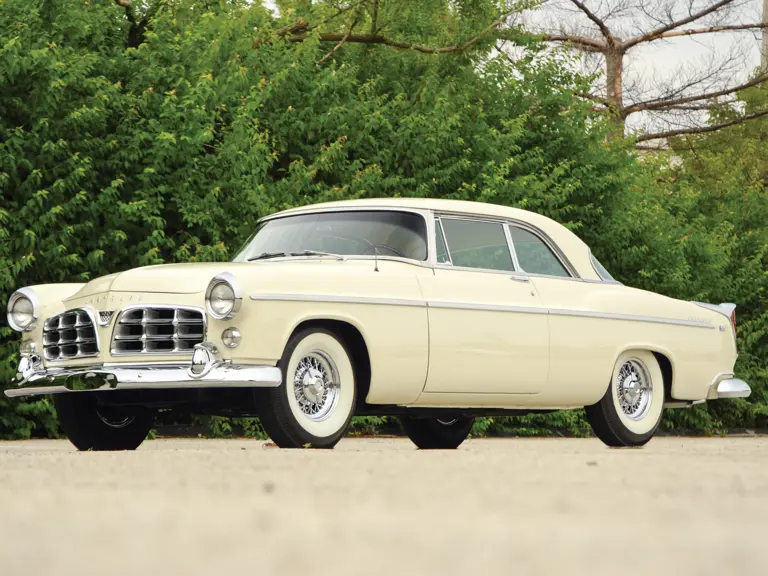
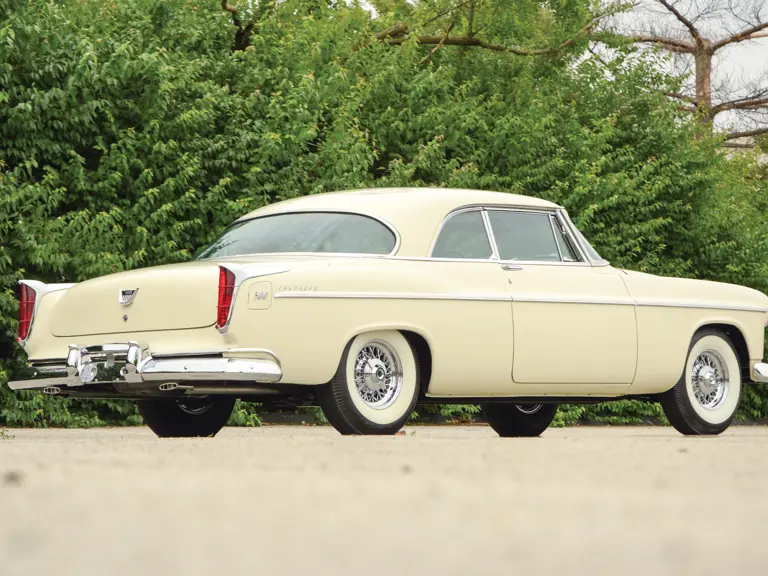
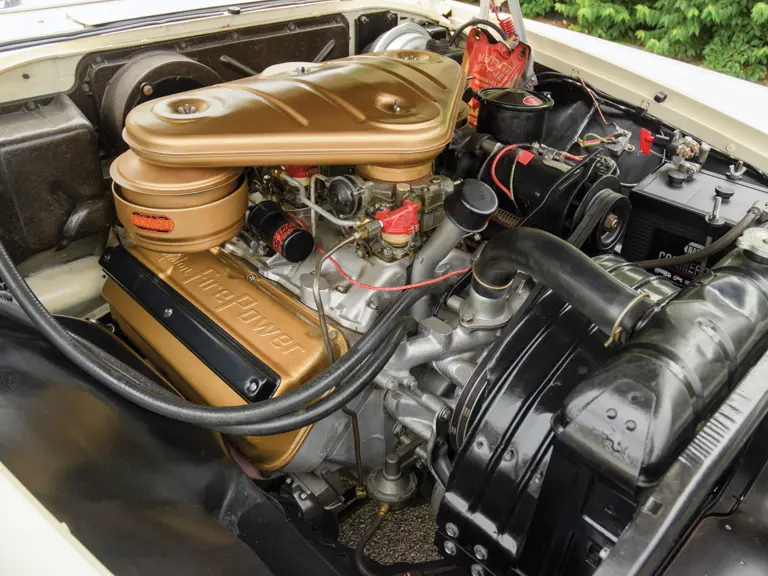
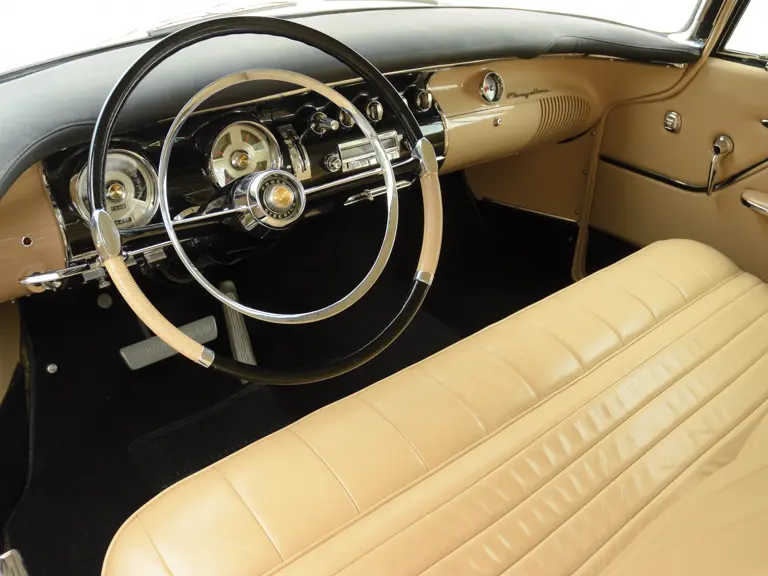

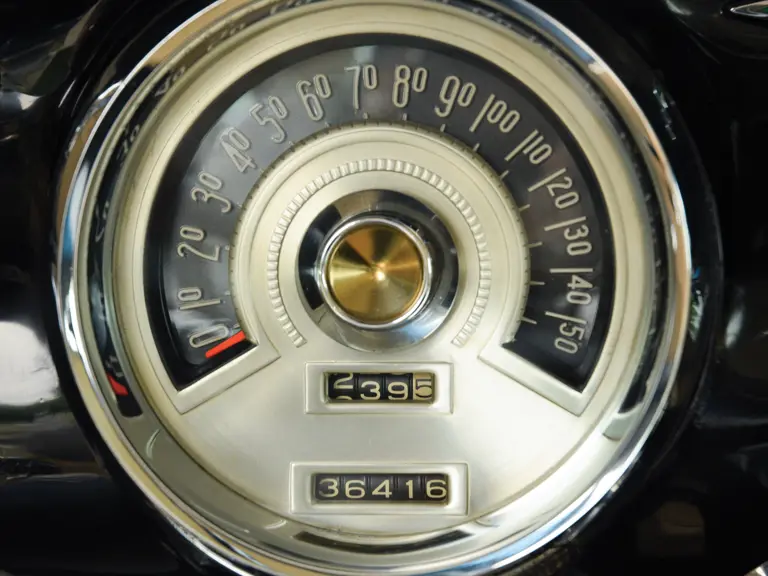
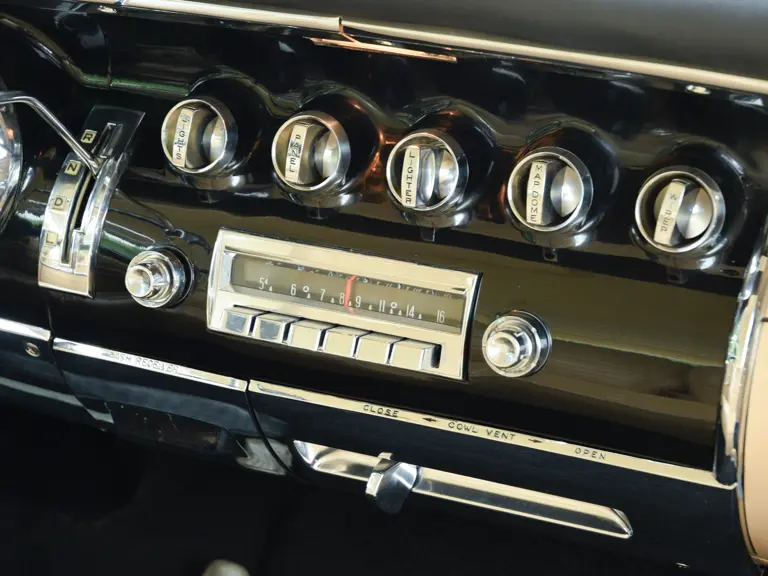
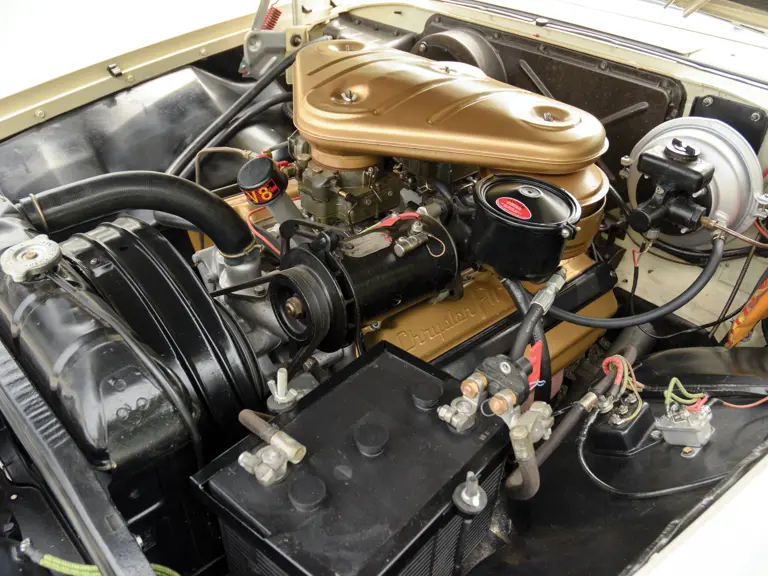
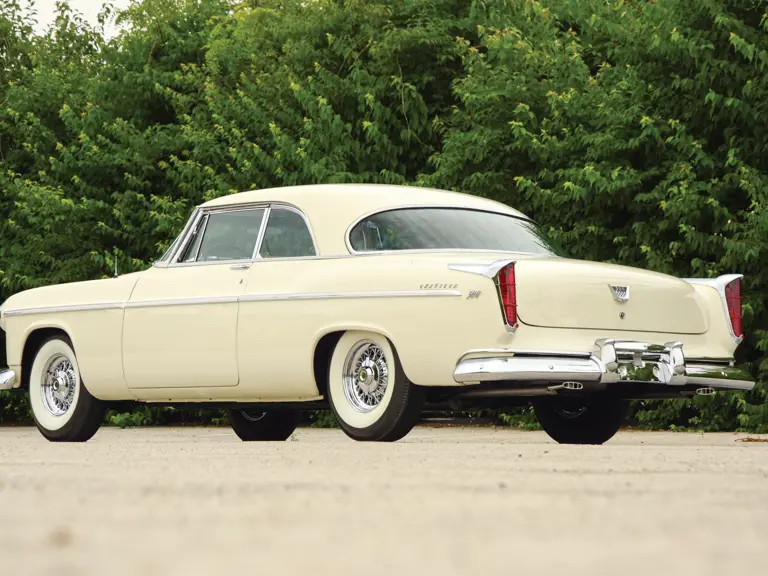
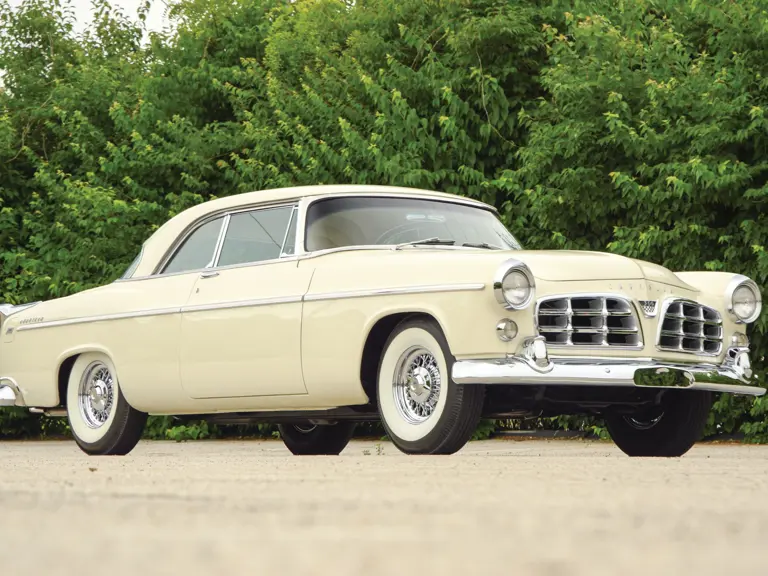
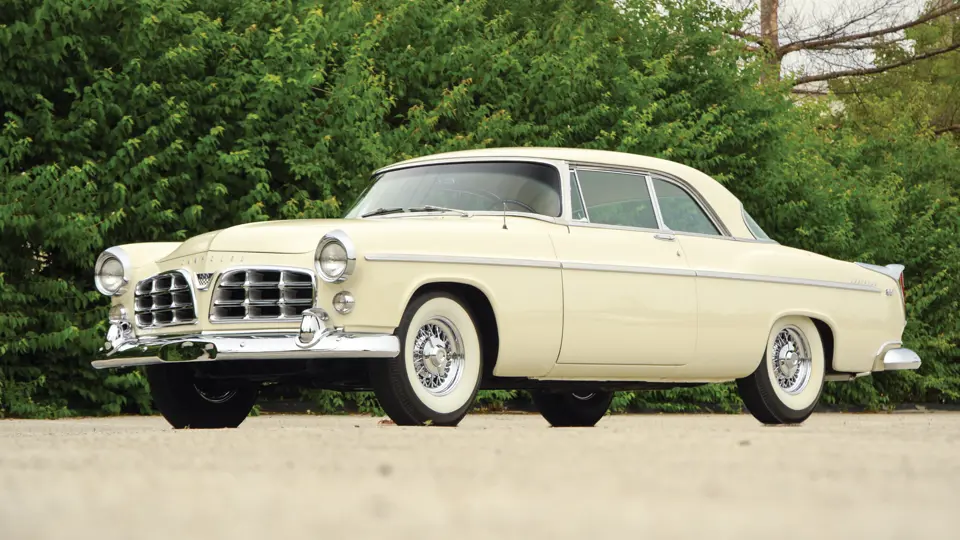
 | Plymouth, Michigan
| Plymouth, Michigan
